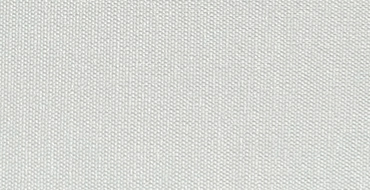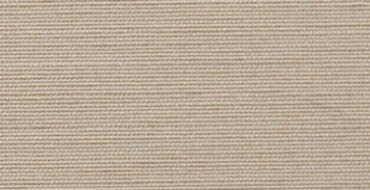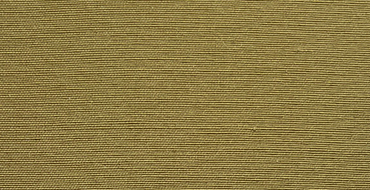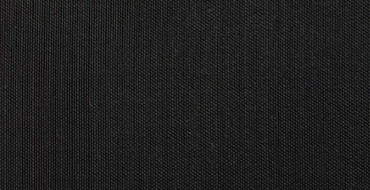
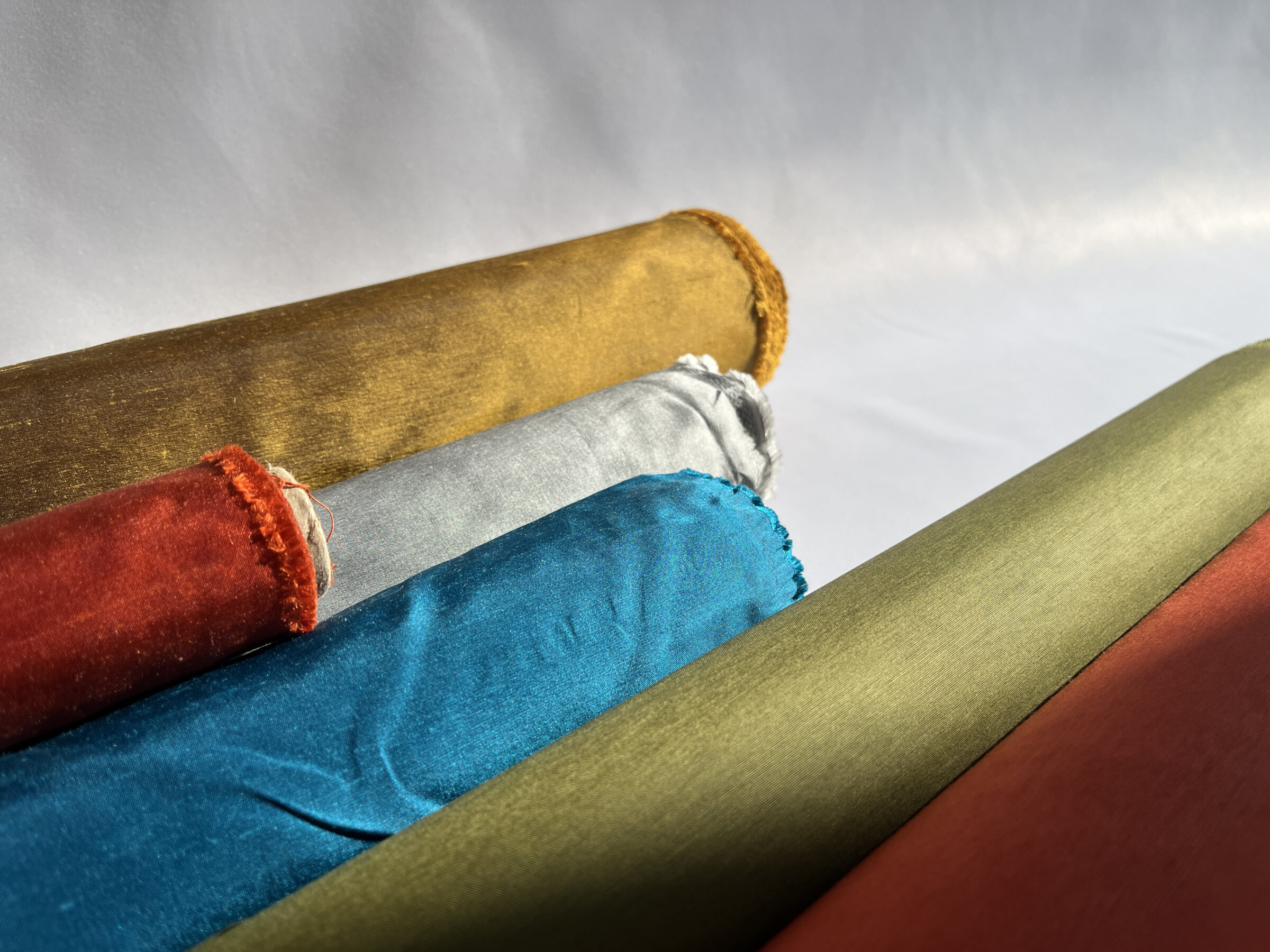
Silk vs. Chintz
Textile lamp shades
The long history of textile lampshades is closely linked to the electrification of light. Used as glare protection, from translucent to opaque, sometimes plain-coloured, sometimes with decorative patterns or particularly sophisticated woven structures: textiles are the most versatile material.
Continuously developed fabrics and creative reinterpretations of the classic lampshade form a symbiotic relationship that always picks up on current trends.
We are convinced that the unrivalled charm of the material lies in its cosy radiance. The soft, flowing textures – hand-woven – have a natural, inviting character. The appealing contrast to technically monochrome surfaces adds a lively element to any room.
In addition to their aesthetic values, textile lampshades also offer practical advantages such as lightness and simple, cost-effective production, which allows for customisation even in small quantities.
At filumen, we use two types of textile, which are available as options: DUPIONSEIDE, a natural product with unsurpassed colour intensity and a holistically luxurious appearance, and CHINTZ, a machine-made textile with functional benefits that is ideally placed in the project sector.
Dupioni Silk
Silk is a natural product that is obtained from the cocoons of silkworms. The production of this material dates back to the Indus civilisation and ancient China, i.e. to the period between 2800 and 1800 B.C. Dupioni silk is a type of mulberry silk and is produced in India. It is obtained from double cocoons from which the caterpillar has already hatched. A warp thread made from raw silk and a dupioni weft thread are combined for the weaving process. This mixture gives the dupioni silk its individual character.
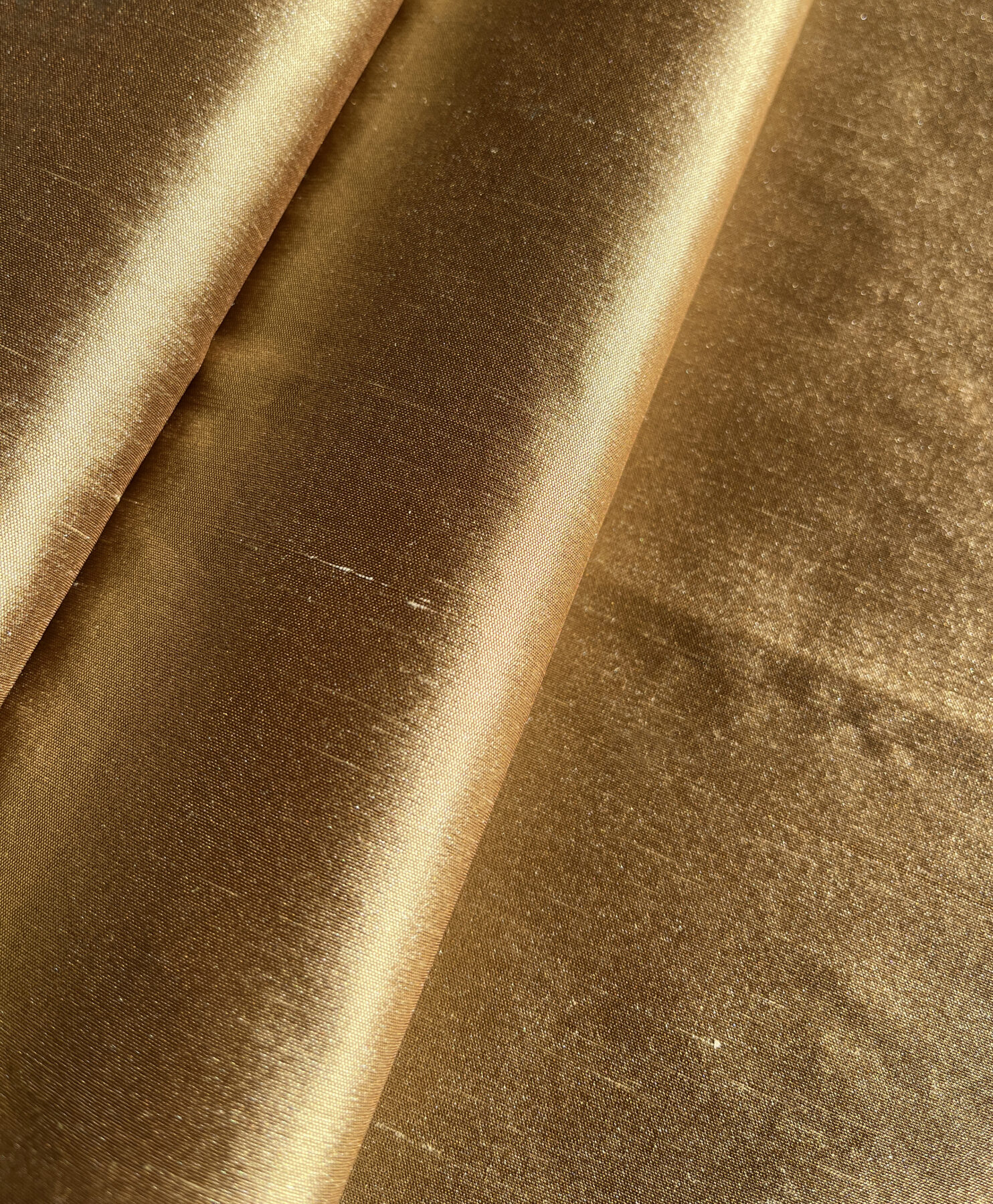
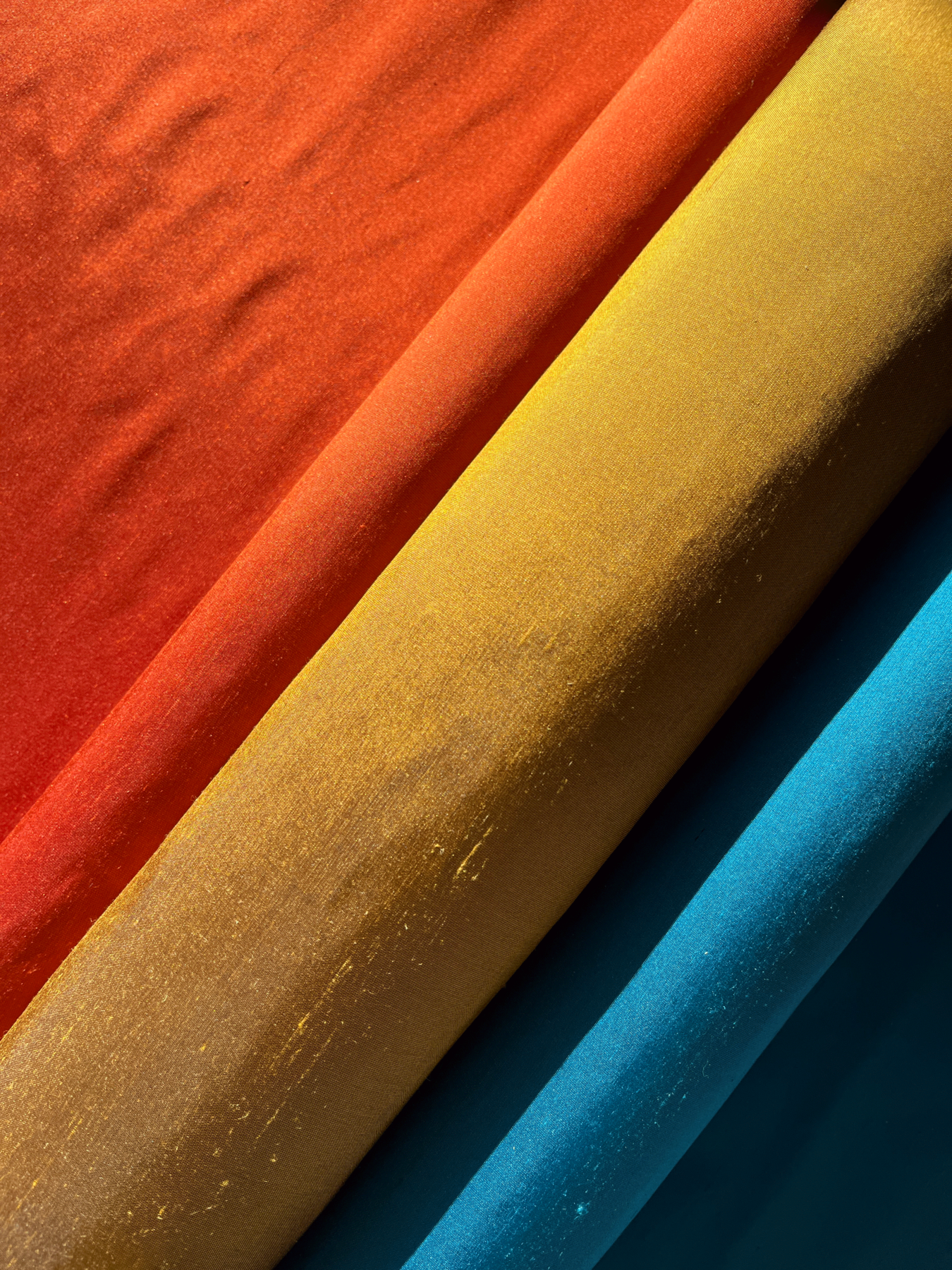
The quality of the fabric is obvious: colour brilliance and texture are second to none. An iridescent effect, which occurs with different coloured weft and warp threads – a veritable spectacle of colour – further enhances the grace. In all fabric-processing sectors, silk is regarded as the finest material, embodying quality and luxury like no other.
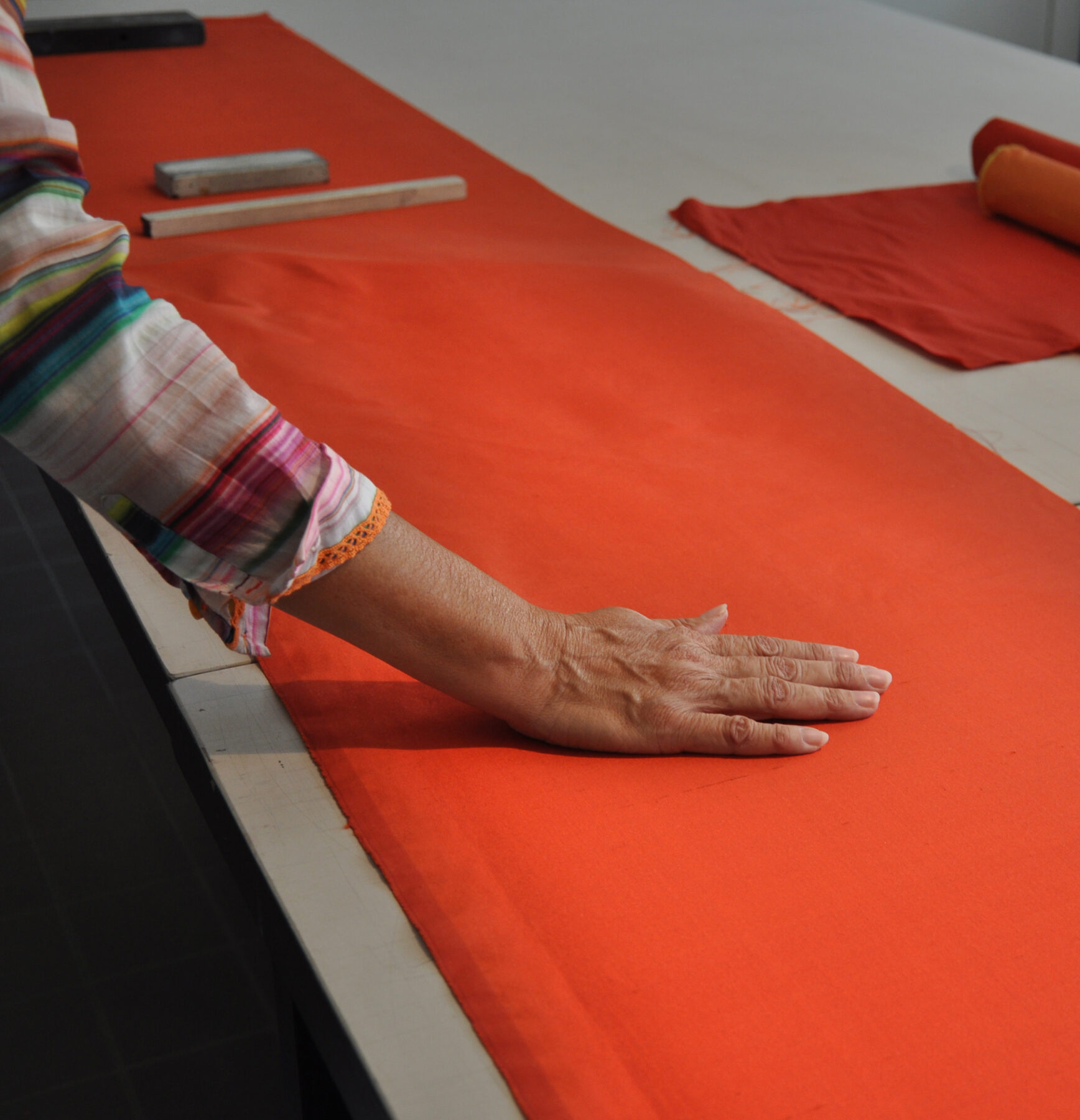
This natural fabric requires a high degree of skill to process. It is only processed by hand in small batches. Since our first collection, we at Filumen have favoured this magnificent material for lamps in the private and contract sectors, where quality and aesthetics set the decisive tone.

Chintz
Chintz is a machine-produced mesh made from natural fibres such as cotton or also synthetic fibres such as polyester. The homogeneous, smooth texture is available in a slightly glossy and matt finish. We mainly use the matt version for our KONS, CYLS and CUBIC collections. Consistent quality is guaranteed by machine production, which cannot be achieved with hand-woven fabrics.
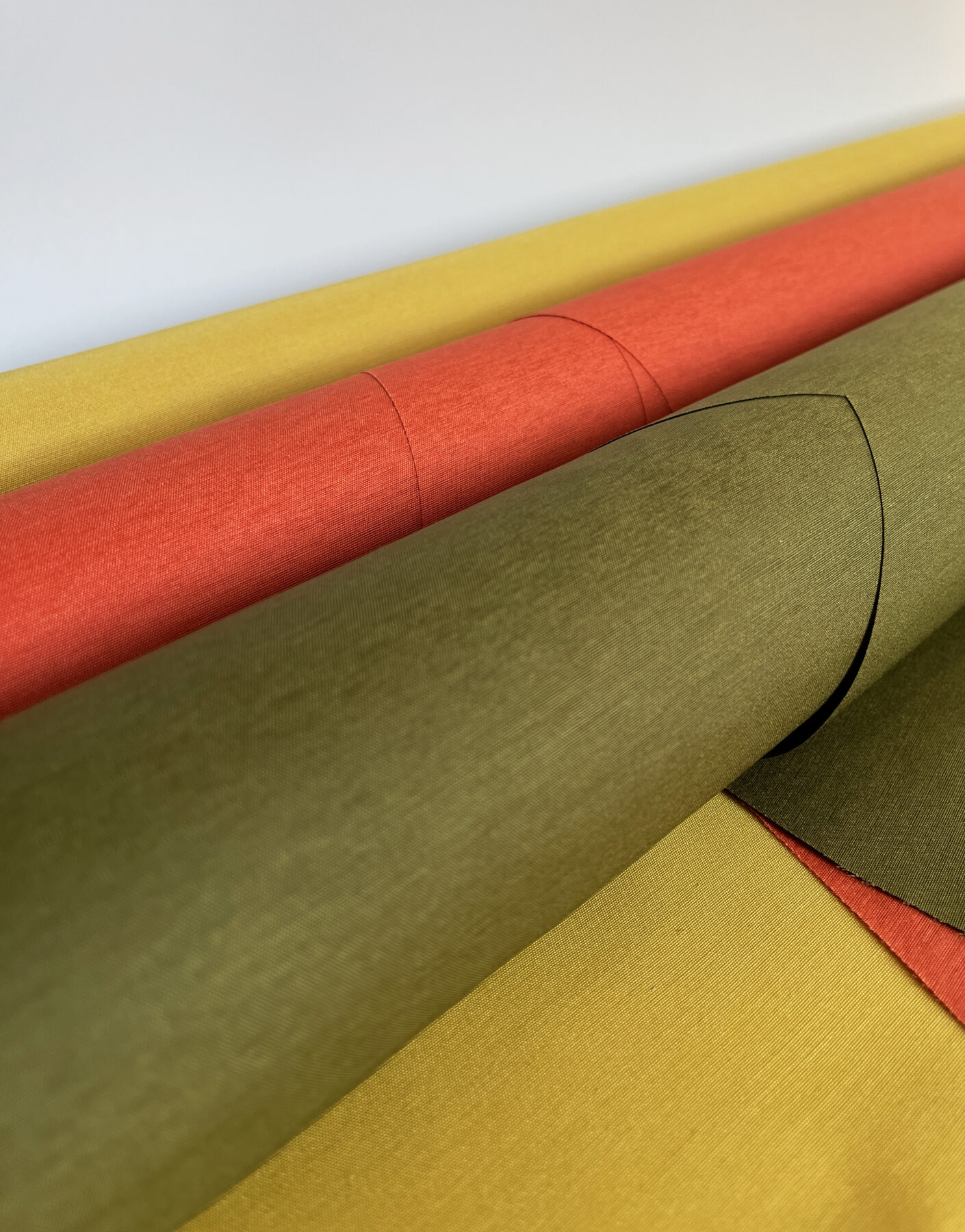
Chintz is particularly suitable for the production of lampshades. The fabric can be machine-laminated onto a carrier material in advance. This prefabricated sandwich material – chintz on PVC or other films – can be processed as a roll to save time and is therefore cheaper than hand-woven fabrics, which can only be processed in small batches.
In addition, there are various qualities that also fulfil strictly regulated specifications for public buildings – for example chintz fabrics in B1 quality (flame retardant). We recommend this versatile material especially for the contract sector: it fulfils the highest demands in terms of functionality. Of course, chintz fabrics are also ideal for private rooms.
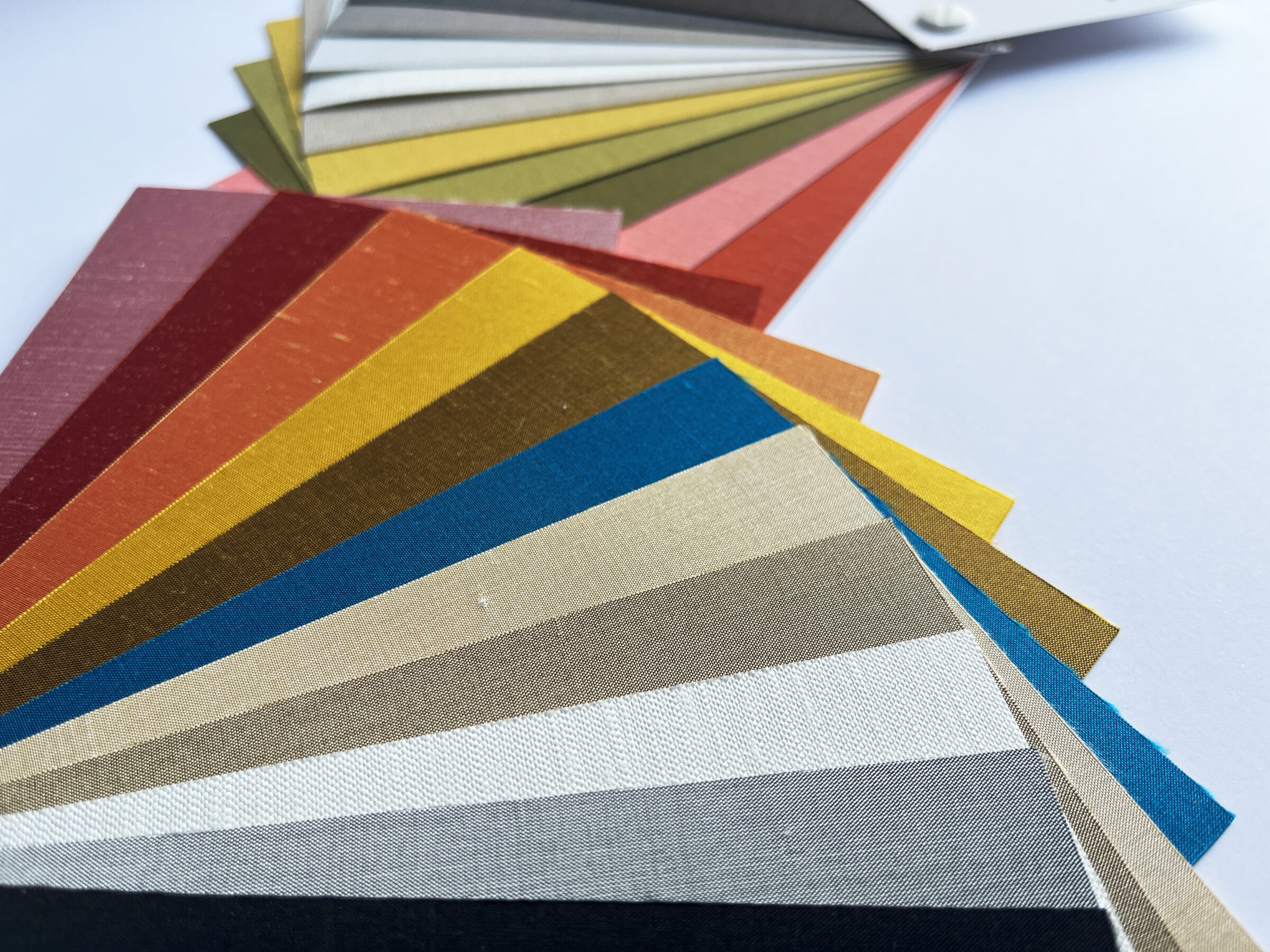
SILK & CHINTZ SELECTION
The colour selection is a real plus: A total of 22 carefully balanced shades of dupioni silk and chintz form the basis for accents or a play of nuances.
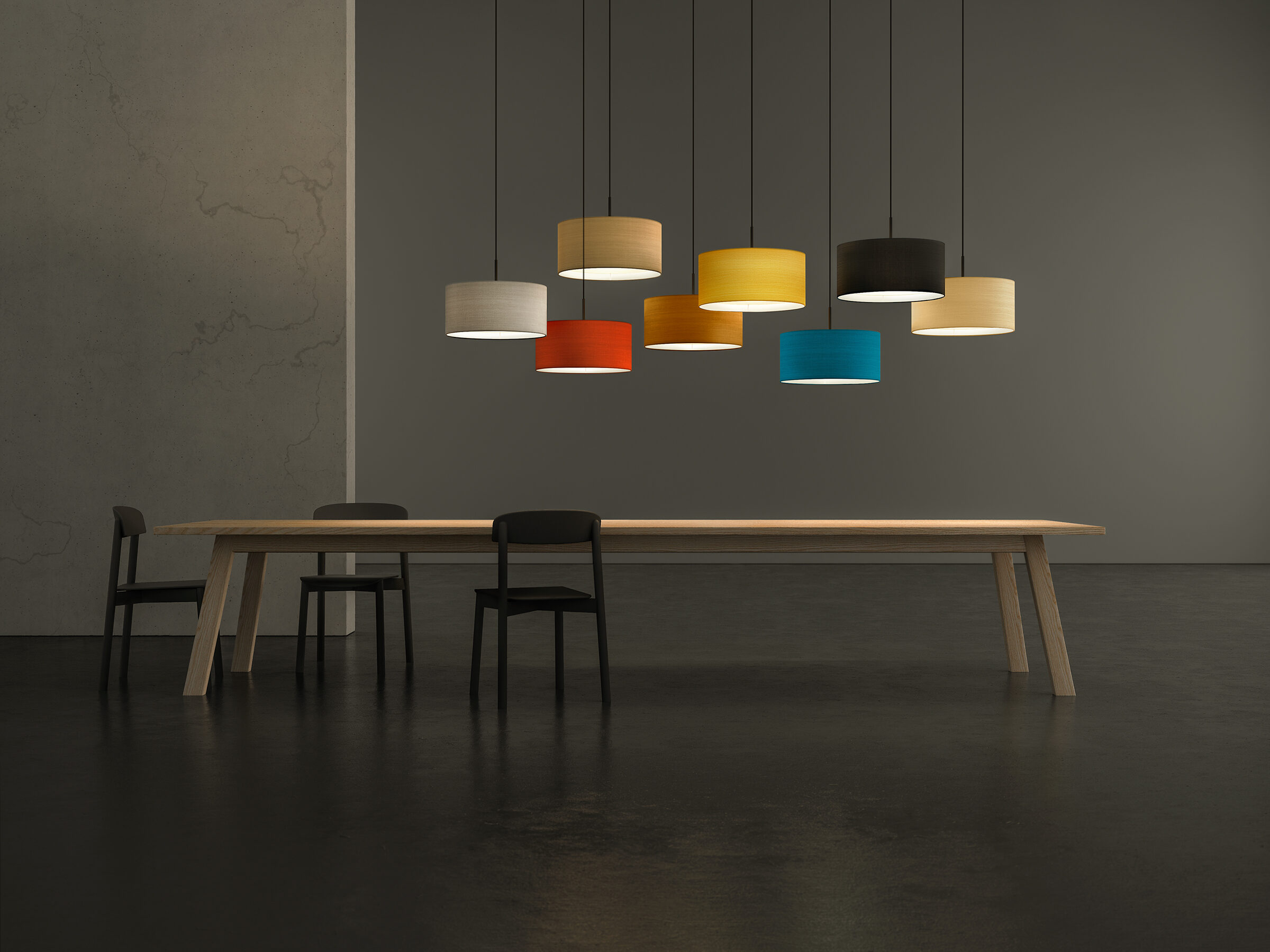
CYLS DRUM 46 in Silk
xxxxxxxxx

SPECIAL FABRICS
Are you looking for a very special colour for your project? Or are you thinking of a different texture? No problem! In addition to our collection fabrics with 22 colour shades in silk and chintz, there is always the option of a wider selection for specific projects. We will be happy to get creative with you to find the perfect textile in your desired colour.
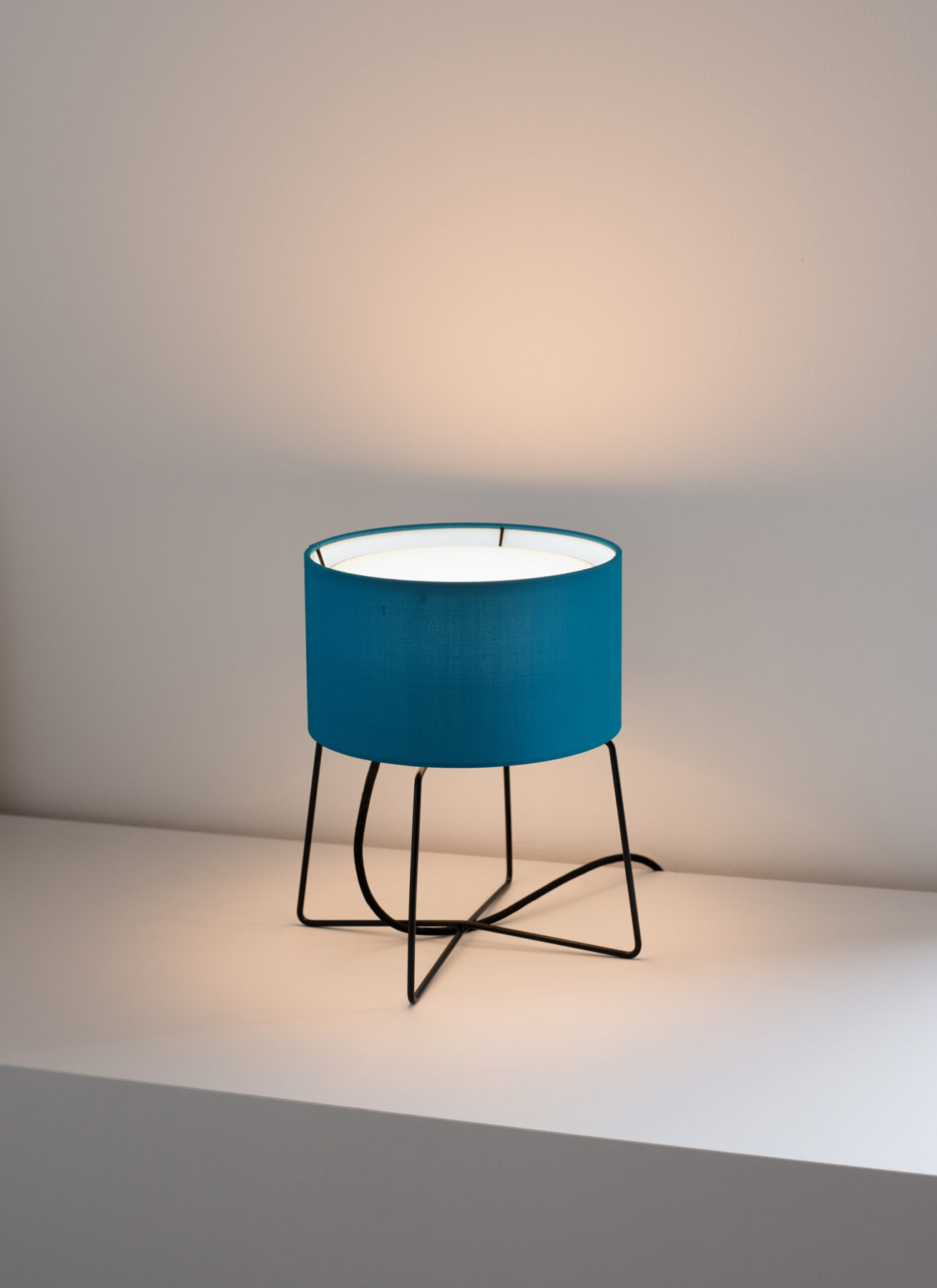
CLEANING & CARE
Our two standard textiles should always be cleaned dry. Use dust cloths to remove dust. Hand-held hoovers with a low setting and a gentle attachment are also helpful. The screen should be held firmly and vacuumed without applying pressure. Coarser dirt can be removed with adhesive tape in the direction of weaving. You can repeat this process several times. In the case of heavy stains, it is best to contact us or appropriate specialist.
Collections: CYLS / CUBIC / KONS (only chintz)
Dubioni Silks











Chintz




